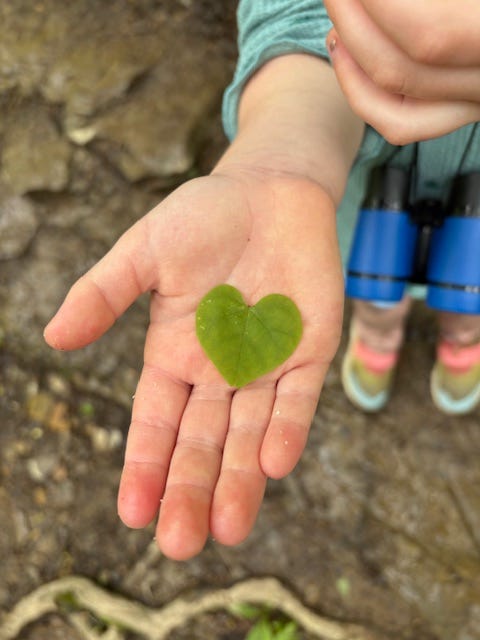Church Within Us
The greatest lie ever told is that we must go to church in order to be the church.
Dearly Beloveds,
In these early days of Eastertide, I’m reminded of Mary Magdalene and the women, who, without fail, began to build the “Church” long before patriarchy created the papacy, hierarchy, and rules and long before structures, buildings, and pews became a requirement for faithfulness.
I’m reminded that the early church was much more of a movement, a stirring within than it was a destination to attend. I’m reminded that “Church” was something to be as opposed to somewhere to go. I’m reminded that what would eventually become understood as “Church” began as a circle of loved ones grieving, asking questions, and praying for a reality of love and a fullness of justice to come on earth as it was in heaven.
The greatest lie ever told is that we must go to church in order to be the church.
This is not to say I don’t love a good hymn sing, fellowship hall meal, or Sunday sermon. It is to say that church is as much within us as it is outside of us. When we love, break bread, laugh, play, sing, dance, howl at the moon, march for justice, lay our burdens down and let someone else do the work for a change, we church.
Hence, the final few paragraphs of Mary Magdalene’s story from Blessed Are the Women: Naming and Reclaiming Women’s Stories from the Gospels are below, that we may remember the integrity of the original gatherings of the faithful and that we may return to their essence wherever we are, with whomever we gather.
That, in the end, we may know, for ourselves and for all, that Church is about love—within us, outside us, below us, behind us, above us, beside us; that Church is about the women who demonstrated from the very beginning what it looks like to embody faithfulness as they remained lovingly present in death, life, and every place in between.
***
I did not intend to be the apostle to the apostles. It’s odd how devotion can put you in a role you never thought you’d inhabit. In those early days, I couldn’t begin to imagine what a community of faith in Jesus might look like, though I imagined it would feel like coming home. Our purpose—the need to heal from our grief—gave us something to do together. The vision would come later.
What felt most healing during the long nights when our memories tormented us was the confession that Jesus didn’t have to die so that we might live. It felt wrong that our salvation required his death. No. In whatever ways Jesus lived in us and through us was a testament to his life, not to his brutal death. And so we began to imagine a world in which no one needed to die so that we could live. We dreamt about this world, claimed it, dared to preach about it just as Jesus did. And out of that communal grief and imagination, a community began to form.
Led by the women carrying oils and spices to anoint the living and the dead, what marked this community was its purpose to help us heal. Sitting with others in pain, holding space for questions, listening deeply to what people needed, the first church was women’s church and required no steeple at all, only a gathering of heart-weary disciples intent on keeping vigil, taking care, and being present just as we were on the dark morning after Jesus was killed, just as every woman had done for centuries for their beloved.
With all these thoughts and experiences floating through my mind, body, and spirit, I pull the children close to me around the fire, our blankets draped across our shoulders and laps, the coolness of spring still lingering in the air. I am their old auntie, their wise woman, their wisdom teacher, their elder, their storyteller.
Drawing them near, I say, “If it weren’t for the women, we wouldn’t have any of this. Easter is a celebration of mystery, a confession of all we do not know, an invitation to love. This is not the end,” I say. “We’re still writing the story together.”
There’s a little girl sitting to my left, nodding her head. She reaches for a scrap of papyrus and a pen, gifts I’d given her. She begins to write—what, I do not know. But I imagine it has something to do with life, something to do with death, and something to do with us showing up in love for both.
–from “Women’s Easter” in Blessed Are the Women, Mary Magdalene’s story
***
MOTHER’S DAY | May 11, 2025 | GIVE THE GIFT OF BLESSED ARE THE WOMEN
***
WEBSITE REFRESH!
Thanks to my dear friend, Amanda Adams Seitz of Mitzi James Designs, my website received a refresh this week! We added podcast links, testimonials, ways you can work with me, and more! Connect with Amanda via her website or Instagram for all of your creative design needs. She’s a wonder worker!
***
Thank you for reading my Substack. This post is public so feel free to share it.








Mary Magdalene's story is one of my favorite so far. (I've been plucking a story here and there, like a ripe fig!) Bless you for the blessing of this book! ❤️